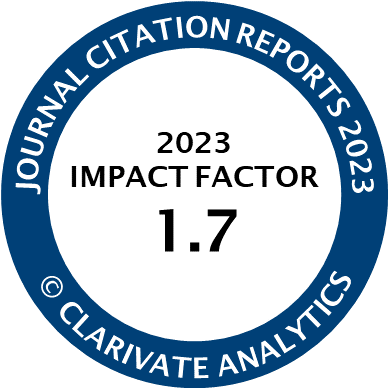Article | Open Access
A “Motor” for the Neighbourhood? Urban Planning and the Challenges of Relocating Cultural Infrastructures
| Views: | 1950 | | | Downloads: | 1142 |
Abstract: In the past 40 years, alternative cultural institutions have been established in many Western welfare states to respond locally to the social and urban crises that have arisen in the post-war era. Community centres and workshops for local history and youth offer new opportunities for cultural and social participation and complement the offerings at more traditional cultural infrastructures such as art museums, theatres, and opera houses. Initially borne of grassroots movements that struggled for political recognition and necessary resources in protracted disputes with municipal authorities, these facilities now play important roles in the cultural landscape of many cities. In response to calls for a “democratisation of culture” and social development programmes targeting urban geographical inequalities, these institutions provide accessible and persistent spaces for socialisation, cultural empowerment, and negotiating community concerns. These facilities are often located on brownfields and are material manifestations of socioeconomic change and urban regeneration. Using the relocation of an established socio-cultural centre to a new neighbourhood in the city of Heidelberg, Germany, as an example, we seek to understand the evolving ways political and social relations are formed, negotiated, and challenged through cultural infrastructures. By analysing newspaper coverage, policy documents, and interviews with stakeholders from urban planning, city administration, community work, and resident populations, we map and evaluate shifting planning discourses and forms of embeddedness in the processes of de- and re-localisation. We end by reflecting on more open and nuanced understandings of cultural infrastructures that could generate multiple and diverse outcomes interacting and possibly outbalancing each other.
Keywords: cultural infrastructure; embeddedness; Germany; Heidelberg; neighbourhood; relocation; urban cultural policy; urban planning
Published:
© Christoph Mager, Madeleine Wagner. This is an open access article distributed under the terms of the Creative Commons Attribution 4.0 license (http://creativecommons.org/licenses/by/4.0), which permits any use, distribution, and reproduction of the work without further permission provided the original author(s) and source are credited.




